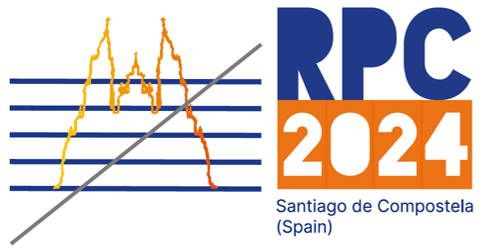Speaker
Description
Resistive Plate Chamber (RPC) detectors at CERN's LHC experiments traditionally use a Freon-based gas mixture containing C2H2F4 (R-134a) and SF6, both of which are high global warming potential (GWP) gases. To reduce greenhouse gas emissions, operational costs, and optimize RPC performance, the best compromise is the gas mixture with a substitution of 30% of R-134a with CO2 in the standard gas mixture. This gas mixture that we proposed it is in use in the ATLAS RPC system since Summer 2023.
This study investigates the detector’s performance when CO2 is introduced into the standard gas mixture as a medium-term solution to minimize emissions while maintaining compatibility with current CERN RPC systems.
Conducted at the CERN Gamma Irradiation Facility, this research uses a 12 TBq ^137Cs source and a muon beam to simulate the LHC experiment's background radiation. The setup includes five 2 mm single-gap High Pressure Laminate (HPL) RPCs placed at different distances (outside the irradiation bunker, 5m, and 12m from the gamma source).
Since March 2023, the detectors inside the bunker have been continuously irradiated to study long-term performance, aiming to achieve the integrated charge expected for ATLAS RPC detectors during LHC Run 3 and the High Luminosity LHC phase. Monitoring is performed with various metrics such as gas analysis, oxygen, humidity, dose, environmental parameters, and flow measurements to ensure the gas system operates correctly.
Several periodic test beam periods are conducted to assess muon performance parameters, including efficiency, current, streamer probability, mean prompt charge, cluster size, and time resolution. Results for the ageing studies, using our proposed 30% CO2 gas mixture, will be presented.

